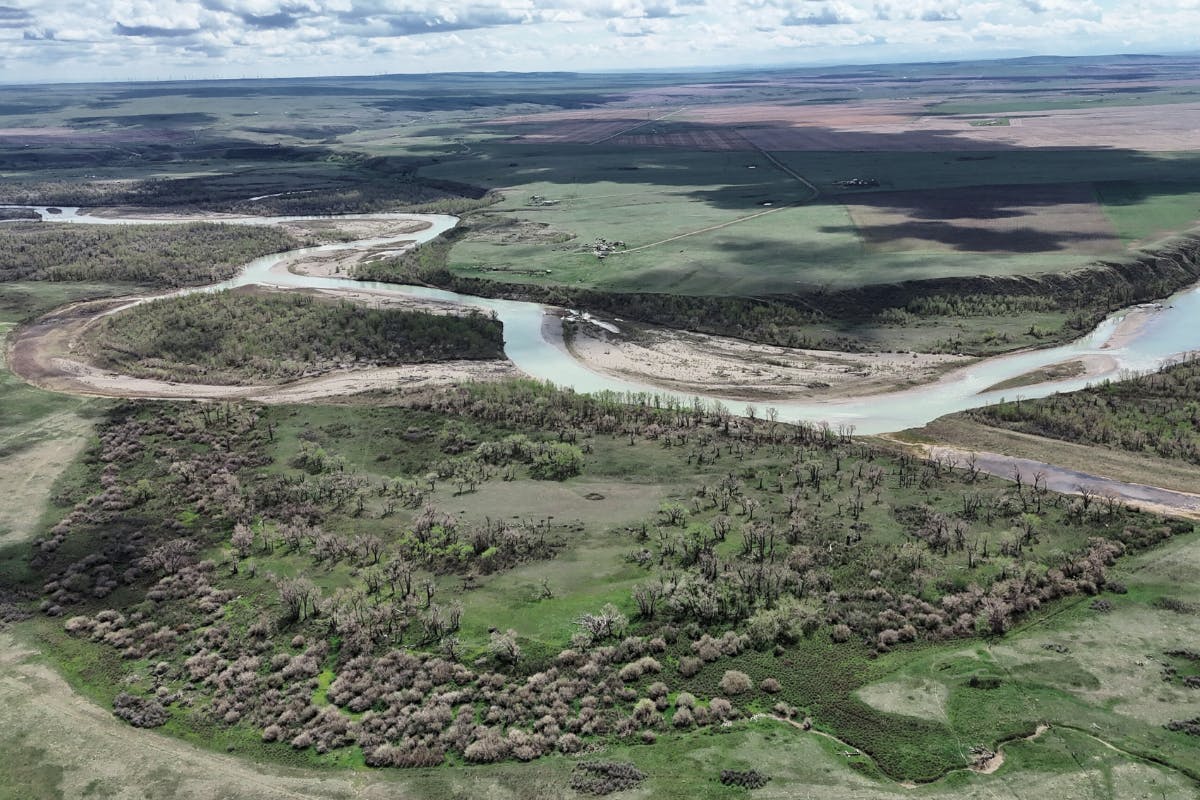Why the Reforest Canada Collective Was Formed
Globally, there is growing recognition of what Indigenous Peoples have long practiced and taught; healthy ecosystems are essential to tackling some of the world’s most pressing challenges. Forests in particular are gaining attention for their ability to contribute to climate change mitigation and adaptation, biodiversity recovery, and human wellbeing, with Canada’s vast forests specifically recognized for their global importance. As part of its commitment to nature-based climate solutions, the Government of Canada launched the 2 Billion Trees (2BT) program, marking a landmark investment in the future of the nation’s forests. A key aspect of the program is working collaboratively with provinces, territories, Indigenous governments, municipalities as well a variety of organizations whether in the non-profit sector or businesses. Toward this end, the 2BT program provides financial support to organizations for tree planting projects as well as for capacity building that will lead to the planting of trees by 2031.
This commitment is encouraging, but there are challenges ahead, as restoring forests requires decades of sustained effort and innovation. Tree planting and forest restoration1 are complex undertakings: success depends on local context, from the soil and climate to the regulatory frameworks that govern each province and territory. Much of the practical knowledge required to plant and restore forests effectively is held by those that work on the land, built on years of field or lived experience. Yet, the practical hurdles of this work are becoming more evident. Bottlenecks in the supply chain, from seed collection to nursery stock availability to tree planting labour, are being stretched by the increased interest in restoration, and Canada’s vast geography often complicates the search for local partners.
Adding to this complexity is the reality that forests, while vital to mitigating and adapting to climate change, are themselves vulnerable to its impacts. New and established organizations alike are navigating best practices for how to plant trees in anticipation of, as well as in response to, wildfire, extreme weather, pest and pathogen outbreaks, and shifting natural species ranges.
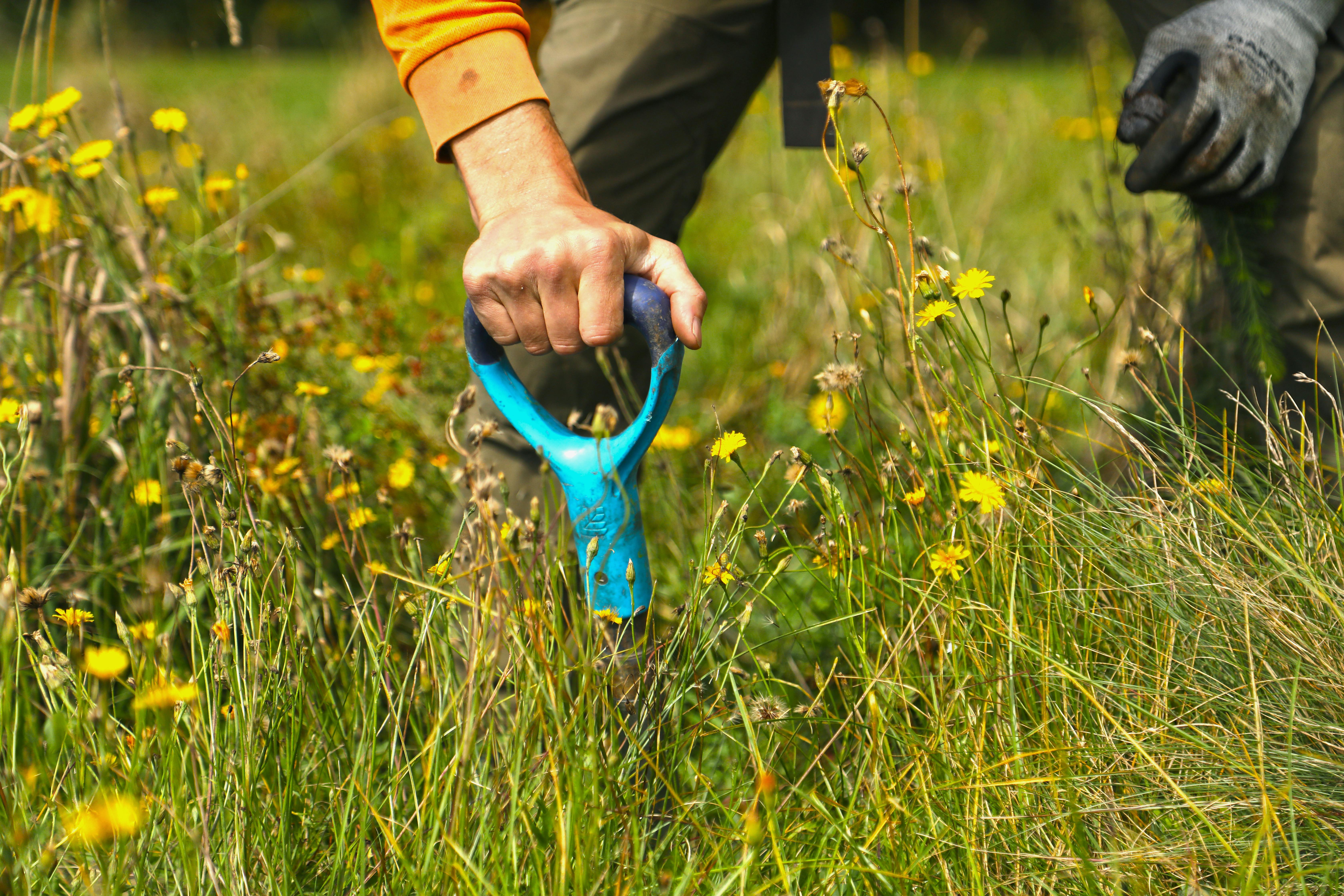
The Reforest Canada Collective (RCC) serves as a timely response to these challenges by bringing tree planting and forest restoration organizations together on a shared platform. Through collaboration and knowledge sharing, RCC helps projects achieve the scale and quality necessary to fully deliver on their potential. This approach ensures that efforts contribute effectively to climate change mitigation, biodiversity recovery, and improved human well-being.
Developed with input from eight 2BT program-recipient tree planting organizations, this article outlines the need for a national platform to bridge gaps in Canada’s fragmented tree planting and forest restoration landscape. It highlights why collaboration and knowledge sharing are vital to ensuring tree planting and forest restoration projects deliver on their full potential, supported by examples of how some organizations already collaborate to overcome supply chain, logistical, and knowledge gap challenges.
Fragmented efforts: How did we get here?
Tree planting and forest restoration efforts in Canada remain fragmented due to a complex combination of factors, ranging from the country’s vast geography to its diverse ecological and governance systems whose natural and political borders do not always align. Canada is divided into eight forest regions, each with its own distinct suite of soil, plant and wildlife features, as well as histories of human interaction. These regional variations influence the technical aspects of tree planting and forest restoration projects—such as species suitability and requirements, site preparation and planting methods. This ecological complexity is compounded by the fact that forest-related legislation and policies are determined at the provincial and territorial level, creating 13 separate regulatory environments across the country. For the over 630 First Nations, Metis, and Inuit communities across the country, these factors are also superimposed onto diverse governance systems, ways of knowing and community values.
Regional differences in policy can also significantly affect project implementation. For example, when it comes to seed collection and distribution, British Columbia and Alberta have established seed zones with strict regulations on the movement of seed between them, while Atlantic Canada has relatively few guidelines or restrictions on moving seed within the provinces. However, the province of Nova Scotia has recently enacted a policy change, restricting the movement of seedlings grown in provincial nurseries from being planted outside the province. While this change is in response to a need for the seedlings in-province to restore forests damaged by Hurricane Fiona in 2022, this change has implications for other 2BT projects in neighboring Maritime provinces that may now have to source their stock from farther away.
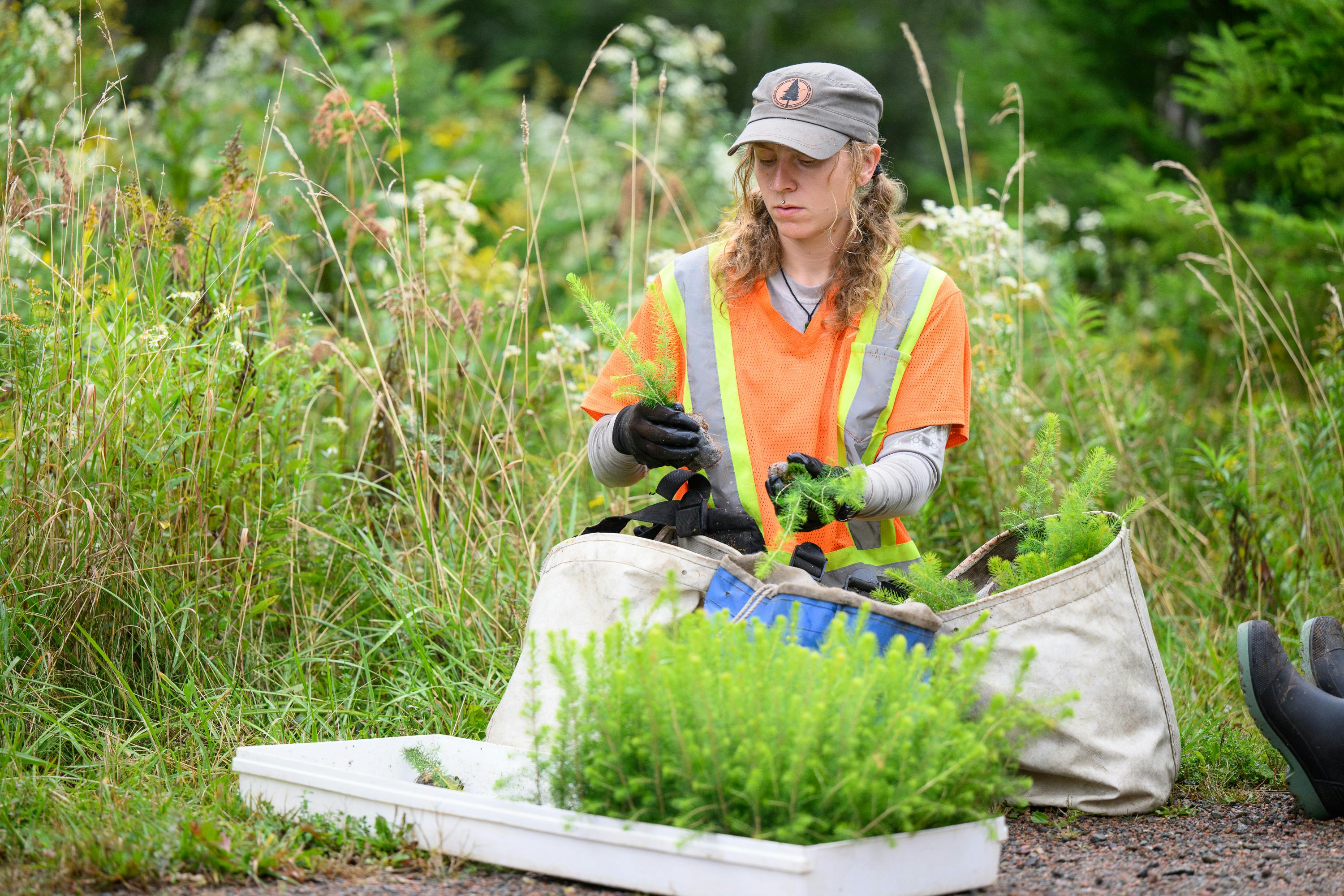
“It really is great to see provincial governments committing to ambitious tree planting targets for public land, but we do need to coordinate and collaborate more; especially here on the East coast where there are comparatively few tree nurseries and there is a higher proportion of privately owned land than out west,” says Susannah Banks, Executive Direction of the New Brunswick Federation of Woodlot Owners. “The NBFWO and others will now have to find and build relationships with new nurseries – something we’re looking forward to the RCC being able to help with.”
The issue of supply chain gaps also extends to species availability and cost, a challenge which exists across the country but varies in specifics by region. One example of how collaboration is already being used to overcome difficulty sourcing species that are not readily available commercially is demonstrated by Shakti by Telus and Tree Canada’s knowledge sharing on how to collect cottonwood seed. The Shakti team worked with a Tree Canada Forestry Specialist to think about how they might grow their own cottonwood stock, and this year collected 250,000 cottonwood seeds from a Tree Canada 2BT program-funded project while on the site as a planting partner—an impressive example of how knowledge sharing and collaboration can overcome supply chain obstacles.
The RCC offers a platform for this kind of collaborative problem-solving, helping organizations navigate regional challenges and supply chain issues, while sharing solutions to enhance tree planting and forest restoration efforts nationwide. By breaking down silos and connecting those experiencing implementation firsthand, the RCC empowers 2BT program recipients and other partners to find and support each other, whether through knowledge exchange, resource sharing, finding seed and stock, or securing match-funding.
An organic recognition of a need for knowledge sharing
Following the first call for proposals for the 2BT program in 2021, a number of Canada’s long-established tree planting organizations quickly saw the need for a knowledge-sharing platform. Many smaller or newer groups wanted to join the effort but needed guidance on how to begin. Established organizations received numerous requests for support but couldn’t take on an advisory role for so many diverse groups with such varied needs.
With over a decade of experience in New Brunswick and Nova Scotia, Community Forests International (CFI) was approached by groups across Atlantic Canada for guidance on how to start a planting program. In response, CFI voluntarily created the Habitat Restoration Tree Planting Guide for Atlantic Canada, a resource offering details on nurseries, local experts, and practical information to help organizations get started. Similarly, Forests Canada and Tree Canada experienced an influx of requests for support, guidance, and knowledge-sharing from groups looking to lead new planting projects under the 2BT program.
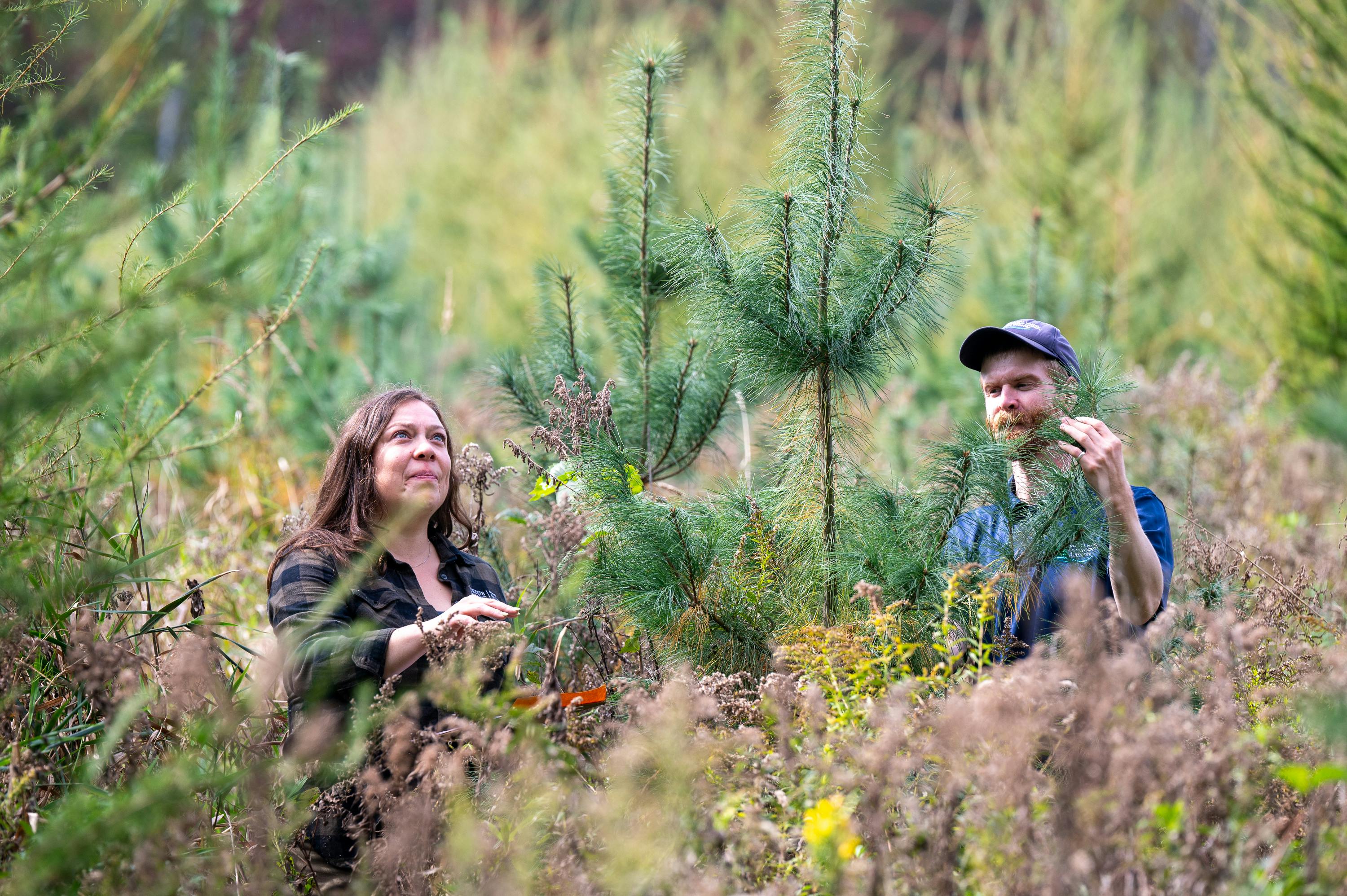
“With 75 years of experience and as one of the few tree planting organizations working across the entire supply chain, our team has a wealth of knowledge to share,” says Jessica Kaknevicius, CEO of Forests Canada. “But with so many groups reaching out, we simply didn’t have the time to connect with everyone. At the same time, we had questions of our own. The influx of new organizations is reshaping the funding landscape, and as the impacts of climate change intensify, we’re all navigating uncharted territory.”
This growing demand for collaboration led to the creation of the RCC. “We realized there was a clear need for knowledge sharing within the community,” Kaknevicius explained. “What we lacked was the platform and space to make it happen. The RCC was built to fill that gap.”
For smaller organizations and 2BT program recipients whose resources are focused on implementing projects, the RCC provides a ready-to-access network of peers and information to reduce barriers to participating in conversations on challenges they are facing in their projects. This allows groups to learn from peers, share their own region-specific expertise, and have a seat at the table to contribute valuable on-the-ground insights.
“As a small organization, we’re grateful for the connections RCC provides to the larger community without pulling resources away from our projects,” says Winston Gamache, Agroforestry Specialist at the Agroforestry and Woodlot Extension Society of Alberta. “We’re an agile and innovative team, and while not every experiment has been a success, we’ve had meaningful wins and learned a lot along the way. We want to share those insights with like-minded groups but don’t have the capacity to organize large-scale collaboration efforts ourselves. The RCC makes that possible, and we’re excited to be part of it.”
Collaboration for scale and long-term benefits
With an overall goal to support 2BT program recipients, the RCC also aims to foster and maximize the long-term benefits of any tree planting project through collaboration and knowledge-sharing, both critical to this mission.
An example of how coordination and collaboration can translate into resource sharing to turn potentially large-scale losses into large-scale impact comes from Cariboo Carbon Solutions (CCS). In 2022, CCS was informed that a partner had a surplus of over 2.4 million seedlings after a contract fell through. The CCS team coordinated with six nurseries and eight contractors to have all the seedlings planted across three forest districts. To make this happen, they also leveraged a mix of provincial, federal, and NGO funding to match surplus nursery stock with planting areas under a very tight turnaround time. Their effort turned what could have been millions of dollars of seedlings and the resources that went into growing them from being wasted into a large-scale success story. The RCC aims to make stories like this more common by acting as a first port of call when implementation challenges that can benefit from collaboration arise.
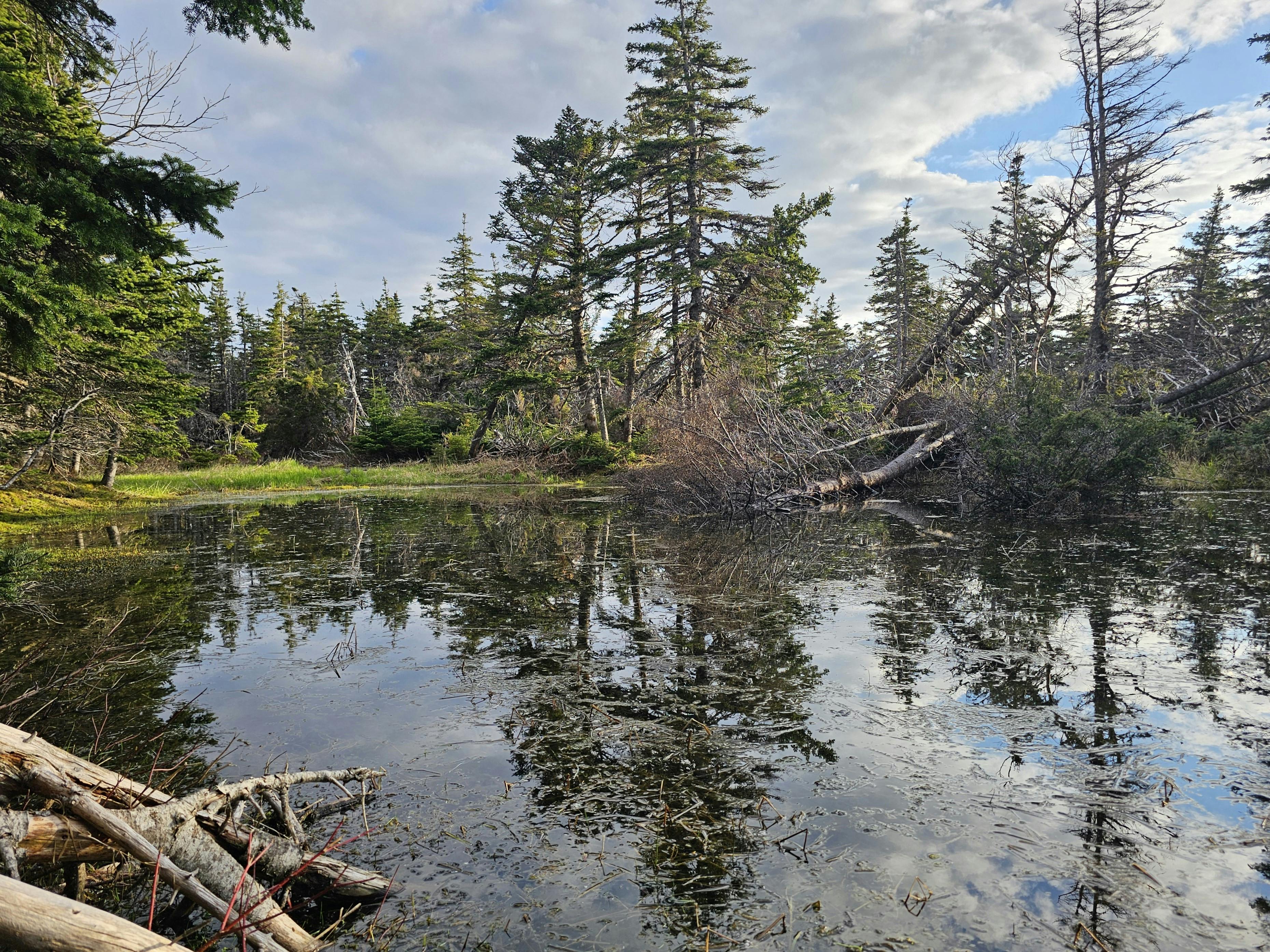
Yet meeting scale is only part of the equation. Ensuring long-term forest health requires a focus on quality, a goal the RCC addresses by fostering conversations about best practices and the deeper realities of tree planting work. “Some of the precedents set in the 'tree planting for good' sector in the past—and which we all must navigate today—are less than ideal, particularly when it comes to public awareness, marketing, and expectations,” says Daimen Hardy, Executive Director at Community Forests International. “For instance, the long-standing emphasis on simply planting a tree as the central goal has led to a lack of understanding (and resources) for essential steps like maintenance and protection, which are critical to tree survival. Additionally, there’s a tendency for some larger operators to promise high volumes at low per-tree prices, focusing conversations on numbers rather than quality or added benefits. This creates unrealistic expectations among funders and puts groups dedicated to high-quality, integrity-driven work at a disadvantage when higher costs are involved.”
Another way collaboration fosters better outcomes is through the bridging of technical information with local knowledge to adapt projects around specific contexts. Koral Wysocki, Partnerships Manager at Alternative Land Use Systems (ALUS), explains how ALUS approaches this balance and why collaboration is essential:
“ALUS leverages a collaborative, community-based decision-making process to bring various local perspectives to the table, including that of landowners. This means that both upstream and downstream opinions might influence a project. Technical information will always be a part of a project’s scope, but how that information is applied may shift depending on how different land users and stakeholders perceive the outcomes of a project. Ultimately, local knowledge is used to determine the practicality of technical information.”
Building a community of support
Alongside the operational and logistical challenges of tree planting and forest restoration initiatives, the RCC recognizes the human side of this work. The RCC is more than just a collaborative network; it is a supportive community that appreciates the complexity and weight of decisions made throughout a project.
The RCC recognizes that Indigenous Stream 2BT program recipients and partners may face unique challenges in their tree planting and restoration efforts. To better address these realities, the RCC is working to develop tailored support mechanisms based on ongoing discussions with recipients. As each community's needs and priorities are unique, tailored support from the RCC's Indigenous Lead will be available alongside events and resources to address common challenges.
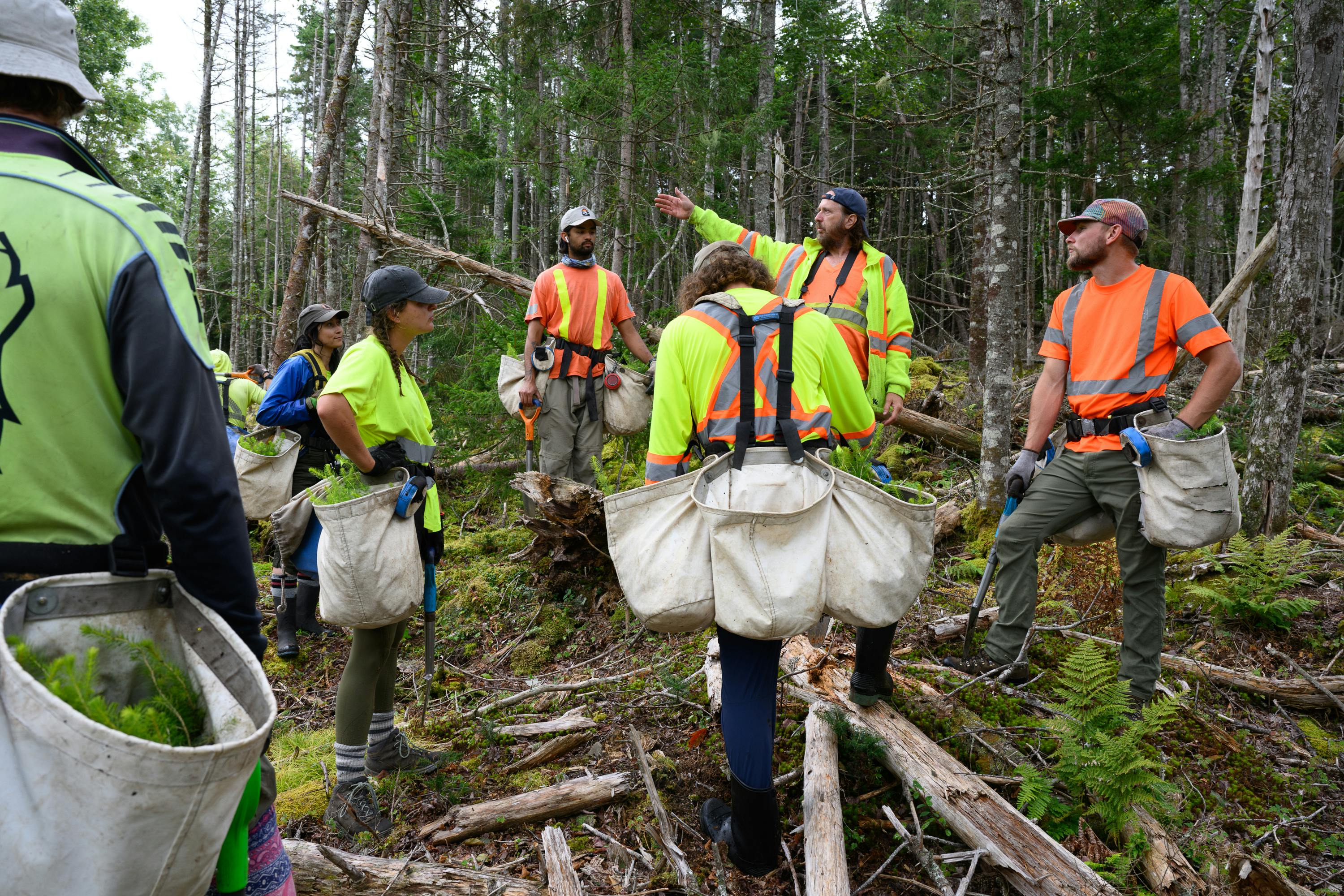
By providing a space where organizations can share lessons from setbacks as well as successes, the RCC hopes to foster a culture of openness that strengthens the entire field. By bringing together practitioners who routinely balance business realities with collective goals, the RCC aims to strike a pragmatic middle ground: encouraging collaboration where it adds the most value while respecting the realities of doing business. In this way, the RCC strives to drive the evolution of Canada’s tree planting and forest restoration efforts, ensuring they remain grounded in practicality while reaching toward larger, shared ambitions.
Welcome to the Reforest Canada Collective!
The RCC invites more organizations, knowledge holders, and 2BT program recipients to reach out and share their thoughts on how the RCC might be able to help their projects to increase the scale and long-term benefits of tree planting and forest restoration initiatives across Canada. Whether through stories, research, or partnerships, these contributions are essential to making our collective goal of healthy forests for generations to come a reality.
To share your experiences and ideas, please reach out to us at hello@reforestcollective.ca.
Footnotes
[1] In this article, "forest restoration" refers to initiatives aimed at enhancing the ecological health and long-term sustainability of forest ecosystems. While these efforts may include tree planting, they are not limited to it. The organizations featured here recognize the critical ecological value of non-forested ecosystems and do not support the conversion of native, non-treed landscapes to forests.
Article contributors
This article was created with input from eight organizations that are recipients of the 2 Billion Trees program and have projects across Canada. These organizations generously contributed their time and expertise as members of the early working group for the Reforest Canada Collective. We extend our sincere thanks to the following organizations and their teams for their valuable insights and contributions:
- Koral Wysocki, Partnerships Manager, Alternative Land Use Systems (ALUS)
- Winston Gamache, Agroforestry Specialist, Agroforestry and Woodlot Extension Society of Alberta (AWES)
- Nicole Harrison, Silviculture Operations Manager & Wesley Brookes, Forest Ecologist, Cariboo Carbon Solutions (CCS)
- Daimen Hardie, Executive Director & Michelle Evans, Forest Technician, Community Forests International (CFI)
- Jessica Kaknevicius, CEO, Forests Canada
- Susannah Banks, Executive Director, New Brunswick Federation of Woodlot Owners (NBFWO)
- Ron Laverdiere, Director of Operations, Shakti by Telus
- Randall Van Wagner, Head of National Greening Program, Tree Canada
